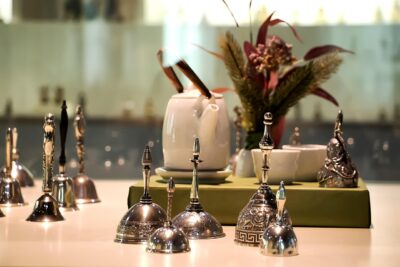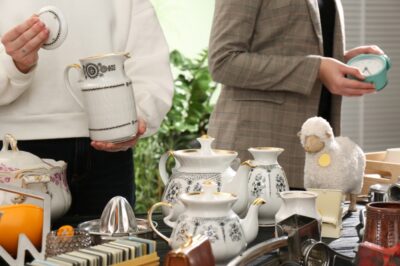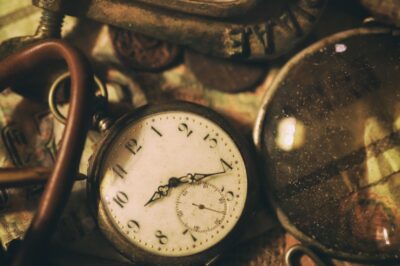Boost Your Estate Sale Savvy
Check out the Blue Moon Estate Sales blog for advice on maximizing your estate sale or every treasure-hunting trip you partake in! We’re here to simplify resale and shopping with professional guidance!
-

Tips for How to Run an Estate Sale
-

What Sold the Most at Our Estate Sales in 2024
-

Fair Market Value at Estate Sales: The Price is Right (But Why?)
-

The Ultimate Estate Sale Checklist for Avid Collectors
-

Estate Sale Scavenger Hunt: Fun Challenges for Your Next Outing
-

Winter Wonders: How Estate Sales Bring the Season to Life
-

Estate Sales Then & Now: A Glimpse into the Changing Trends
-

Hidden Gems & Strategic Opportunities: Estate Sales for Business Owners
-

Navigating Estate Sales After a Loss
-

Nationwide Estate Sales: Where Will You Discover Your Next Treasure?
-

Sell Your Items Successfully Before a Move with an Estate Sale
-

Hunting for Designer Deals at Blue Moon Estate Sales
Page

